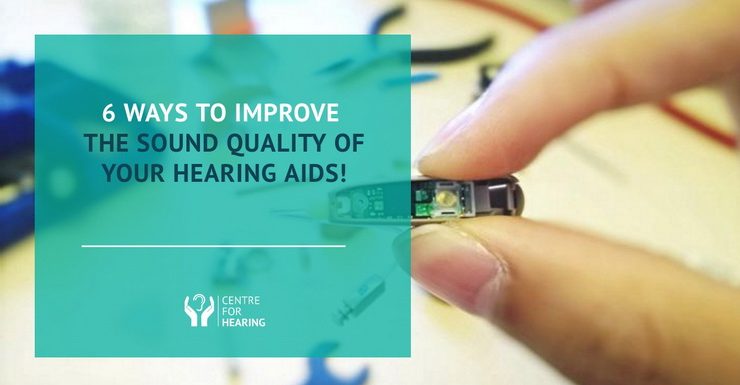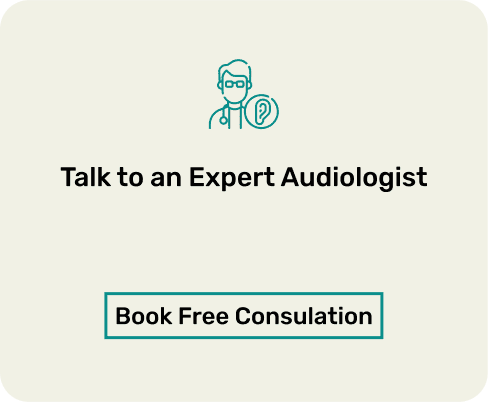Poor sound quality is one of the most common reasons people give to avoid wearing hearing aids.
In fact,
Sound quality has been revealed to be the second-most important factor related to customer satisfaction improvement, as well as the second-most desired improvement sought by hearing instrument wearers.
But… What Exactly Is Meant By Sound Quality?
For hearing instrument wearers, it may be more appropriate to think of sound quality as describing how amplified sounds fit within their range of hearing – whether sounds are distorted, and the degree to which undesired sounds (e.g., background noises, acoustic feedback, or signal processing artefacts) are heard.
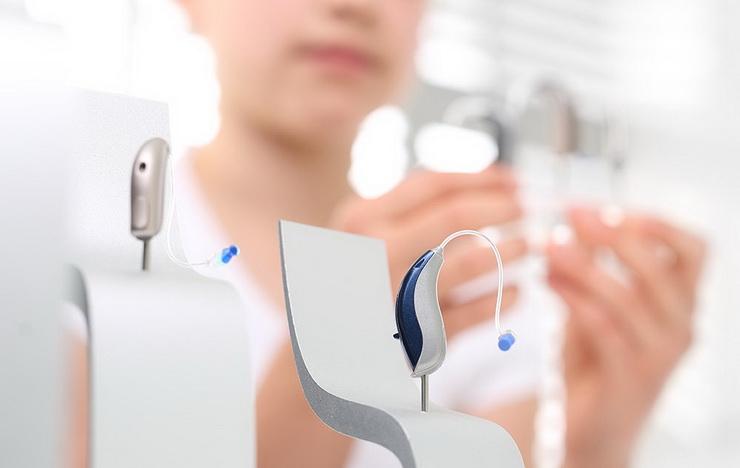
Better sound quality to the users often means the following:
- More Soft Sounds Audible and Loud Sounds Less Painful
- Addressing Background Noise
- Less Whistling and Buzzing
- Natural Sounding and Sound of Voice
Researchers are continuously working on making hearing aid devices better; so as to improve the listening experience of the people suffering from hearing loss.
However, it is also the responsibility of the user to take care of the hearing aid to optimise performance.
Hearing aids are delicate instruments that need proper care regularly so as to increase the machine’s longevity. Your audiologist will give you proper guidance for keeping your hearing aid in good condition for as long as possible. This will not only improve the performance of the device but will also provide a better sound quality.
At the end of the day, it is your responsibility to take care of your precious device, and your hearing health as well.
How To Get Better Sound Quality From Your Hearing Aids
Here are a few ways to improve the sound quality of your hearing aids!
1. Keep your Hearing aids Clean
Wax, moisture, and debris can clog microphones and speakers, affecting clarity. You must clean your Hearing aids daily with a soft, dry cloth to remove dirt and impurities so as to avoid any blockages or disturbances in the hearing aid devices.
Remove the earmolds to clean them up with a mild soap solution. Dry them properly using forced air blower or hearing aid dryers (not with hair dryers, microwave or oven), and make sure that they are completely dry before replacing them in the hearing aid devices.
Consult your product literature for getting a proper guidance on cleaning your device.
2. Replace or Recharge Batteries Promptly
Consult your audiologist and/or your product literature for instructions on how frequently you are required to change and/or recharge the batteries of your hearing aid devices.
Low or dying batteries can cause distorted or weak sound. Ensure you use high-quality batteries and charge regularly if you’re using rechargeable hearing aids.
Generally batteries last for about 1-2 weeks; however, it may vary from product to product.
You should always:
- Keep spare batteries handy, so as to avoid any issues during emergency situations.
- Test your batteries with a battery tester regularly, to check whether they are in full strength.
- Store your batteries in a cool and dry place.
- Another tip to increase the longevity of the batteries of hearing aid devices is to remove the batteries from your device whenever you are not using it, for example, while you are sleeping or taking a shower.
- Keep in mind to dispose of weak and old batteries properly, as they contain toxic substances.
3. Perform Listening Checks Daily
Your audiologist will show you how to perform a listening check of your device, generally by using a listening tube.
You should do this regularly to test whether your hearing aid devices are producing good quality and distortion-free sound. If you find the sound to be cracked or raspy even after changing the batteries, immediately consult your audiologist.
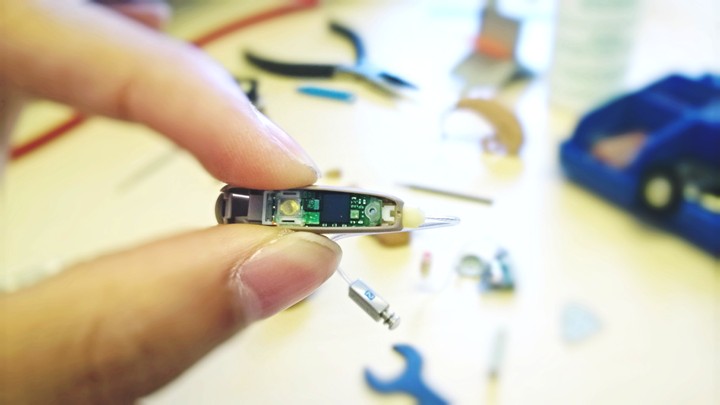
4. Ensure Proper Fitting and Programming
One of the most common reasons for poor sound quality is improper fitting. Make sure your hearing aids are professionally programmed based on your latest audiogram. This ensures that sounds are amplified correctly across different frequencies according to your specific hearing loss.
Regular follow-ups with your audiologist ensure your device is adjusted to suit your hearing needs. During these appointments, your audiologist can fine-tune the programming and address any sound quality concerns you may have.
Remember that your hearing requirements may change over time, so periodic adjustments help maintain optimal performance.
5. Choose the Right Hearing Aid for Your Lifestyle
Modern hearing aids come in different styles and technology levels to suit various needs. If you lead an active lifestyle or work in noisy environments, you may need a model with advanced noise reduction, directional microphones, or Bluetooth streaming capabilities.
Your audiologist can help you select the most appropriate hearing aid style and features based on your daily activities, work environment, and personal preferences. The right choice ensures better sound quality and improved satisfaction with your hearing aids.
Consider factors such as your social activities, workplace requirements, and technology preferences when discussing options with your hearing care professional.
6. Prevent Moisture From Entering The Device
Avoid your device from getting wet or catching moisture. It is very important to dry clean your hearing aid from time to time and to take it off before going to the shower.
Always remove hearing aid devices in a safe and dry place, such as your bedroom where you can sit down and remove them properly, and not in your bathroom. Also, remove them by laying a soft cloth, to cushion the blow and to avoid bouncing of their parts over a hard surface.
Always store your hearing aid devices properly in the product box, and in a cool and dry place. Nowadays, electronic dry kits (costing approximately Rs.5,000/-) are available from some companies. Ask your Hearing Care Professional for more information on this. These are much more effective and help in increasing the life of your instruments.
If by any chance your device falls in water, then immediately remove its batteries and keep the battery doors open, and dry them completely with hearing aid dryers.
Rest them for about an hour or two, or if possible, overnight. If they do not work in the morning, even with fresh batteries, then consult your audiologist immediately.
Preventing moisture from entering into your hearing aid devices will not only improve their sound quality but will increase their longevity as well.
7. Update Your Hearing Aid Technology
If your current hearing aids are over 3-5 years old, newer models may offer significantly better clarity, speech understanding, and AI-based noise management features. Technology advances rapidly in the hearing aid industry, with manufacturers continuously improving sound processing capabilities.
Consult your audiologist about the latest hearing aid technology that suits your specific needs and lifestyle requirements. They can assess whether upgrading would provide meaningful improvements to your hearing experience and sound quality.
Modern hearing aids offer enhanced features such as smartphone connectivity, automatic environment adjustment, and superior background noise reduction that weren’t available in older models.
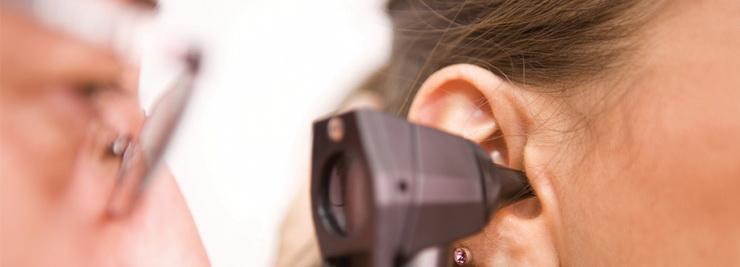
In the end, it is always ideal to consult your audiologist to give you the right type of hearing aid devices according to your specific needs and to make minor adjustments in them.
Never take any decision yourself, as all hearing aids would not suit you. It is your duty and responsibility to take proper care of your ear, which is an extremely important organ of your body, and your ear health determines your overall quality of life.
Don’t strain yourself to hear anymore! At Centre For Hearing, we provide the most comprehensive diagnostic facilities and the latest technology in hearing aids.
For expert advice and hearing aid services in Delhi NCR, Chandigarh, Punjab, and other cities, contact Centre for Hearing today at +91 9811 227 269!

